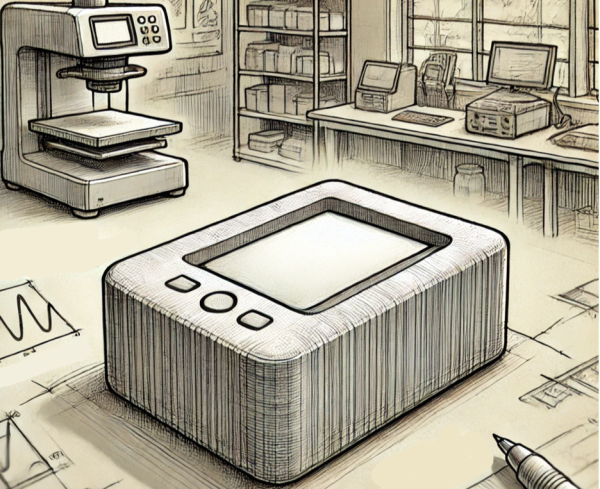
How Minimum Viable Products Deliver the Most Valuable Products (MVP) for Medical Device Development
A good starting point to achieve more accurate budgeting in medical device development is to clearly define the intent of the Minimum Viable Product (MVP). By establishing a clear vision of the MVP early on, project teams can align on high-level requirements and which features, functionalities, and specifications are key to assess feasibility of the product and its success, and which elements are lower risk and may be postponed or omitted for later iterations. This clarity allows for more precise estimates of the time, effort, and resources required, thereby reducing the risk of unforeseen costs or delays.
Working at a medical device design and development company like StarFish Medical, provides me with the unique opportunity to engage with projects at various stages—from inception to completion. From a business development perspective, this involvement offers valuable insights in how initial project budget and timeline projections compare with actual outcomes. From this vantage point, I have identified common stumbling blocks, and how a team can circumvent these challenges to succeed. This blog identifies various factors which can contribute to programs exceeding their budgets. Underestimation is a recurring and common issue.
Minor deviations in time and budget are expected and can even be beneficial to optimize resources. These deviations are usually manageable, however, significant overruns can present major challenges. Challenges such as: Delayed Product launch, Increased Project cost, Loss of confidence from internal and external stakeholders, Overloaded resources, Scope creep, loss of trust from client, and less capacity for innovation. To avoid these, more precise assumptions on budgeting and scheduling are essential from the get-go and can reduce the need for additional funding, project delays, wasted time, effort, and overall frustration.
Understanding the intent of the MVP is important. What are you building and why? Is the MVP intended to showcase the product’s basic functionality to stakeholders, or is it a Proof-of-Concept (POC) to test technical feasibility? Is it meant to demonstrate user interaction on an interface, or is it intended to be used in a clinical setting for safety testing? Defining the MVP’s intent will shape the program strategy and approach to development and testing. This will allow the team to focus on specific aspects that align with project goals.
When the scope of the MVP is ambiguous or ill-defined, teams often face scope creep—where additional features or unexpected complexities arise, increasing both the budget and the timeline. By focusing on what is truly necessary for the MVP, teams can prioritize core functionalities that fulfill the basic needs of the product while deferring non-critical features for future updates. This approach helps avoid unnecessary costs early in the project and sets realistic expectations for both stakeholders and developers.
However, developing a simple MVP does not always lead to a significant reduction in the effort required. Even simple medical devices involve complex design, manufacturing, documentation, and processes. Programs on the cutting edge, or with high risk to patient safety tend to be more unpredictable and may require additional measures to ensure requirements are being met. An interesting side note, almost every NASA program has been overbudget and exceeded timelines – generally since this space (no pun intended) is rooted in cutting edge, technical complexities and unpredictable risks.
MVPs naturally evolve as the project progresses. Early on, the MVP might only serve to illustrate the product’s look or its high-level architecture, through sketches or architectural diagrams. As development advances, the MVP could shift to proving feasibility, and may be in the form of a proof of concept or a benchtop prototype. The key is continual alignment on the intent of the product to ensure that the project teams share a common understanding of its goals. This alignment will guide the evolution of the MVP and support a more efficient medical device development process.
Taimoor Khan works in Business Development as a Program Strategy Engineer at StarFish Medical. Based in our Toronto office, Taimoor works on a variety of medical device projects, providing valuable strategic insights for developing medical devices, while leveraging his expertise to help align technical solutions and regulatory requirements.